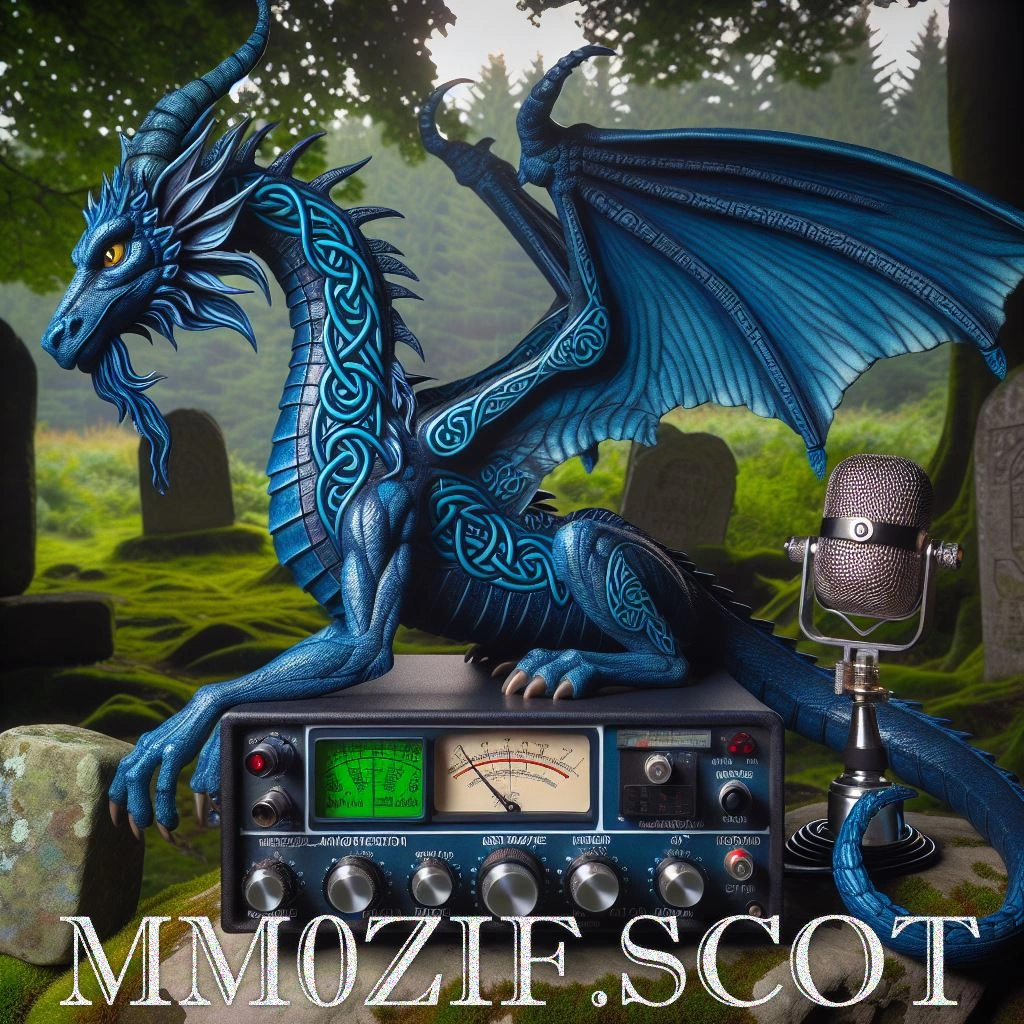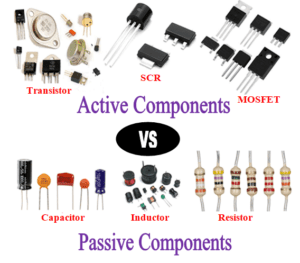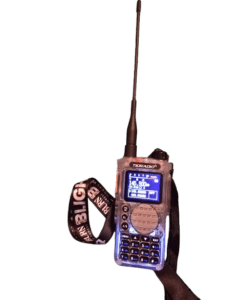Before I start I’ve been interested in Planetary science for a very long time, in fact I was conned into doing a Geography course at school because it would include this, however I soon found out it was not that at all but political geography 🙁 However as I grew and my knowledge blossomed I became interested in the Weather and how our planet works this is when I became aware of The Schumann resonance, and since then I’ve been wanting to build a receiver. In fact sometime this year I will start work on this exact thing and give a breakdown of how it is done.
Introduction
Ever wondered about the mysterious signals that travel through the Earth’s atmosphere at extremely low frequencies? Welcome to the fascinating world of ELF (Extremely Low Frequency) receivers! These devices open up a window to a hidden realm of electromagnetic waves, offering insights into geophysics, amateur radio, and even weather phenomena. Let’s dive into the science, fun, and educational aspects of ELF receivers.
What Are ELF Receivers?
ELF receivers are specialized devices designed to detect and analyze electromagnetic waves in the ELF range, typically from 3 Hz to 30 Hz
These frequencies are much lower than those used in conventional radio communication, making ELF receivers unique tools for exploring natural and man-made phenomena.
Scientific Uses
- Geophysics and Atmospheric Science: ELF waves are generated by natural events like lightning strikes and disturbances in the Earth’s magnetic field. Scientists use ELF receivers to study the Earth’s electromagnetic environment, including the Schumann resonances, which are global electromagnetic resonances excited by lightning. These studies help us understand the Earth’s ionosphere and magnetosphere, contributing to our knowledge of space weather and its impact on our planet.
- Submarine Communication: ELF waves can penetrate seawater, making them ideal for communication with submarines. Countries like the United States, Russia, and China have developed ELF communication systems to send signals to submerged submarines over long distances.
Amateur Radio
For amateur radio enthusiasts, ELF receivers offer a unique challenge and a rewarding experience. Building and operating an ELF receiver can be a fun project that combines elements of electronics, antenna design, and signal processing.
- DIY Projects: Many amateur radio operators enjoy building their own ELF receivers. There are numerous online resources and communities that provide instructions and support for DIY ELF receiver projects. These projects often involve constructing large loop antennas and sensitive amplifiers to detect weak ELF signals.
- Natural Radio: ELF receivers can pick up natural radio signals, such as the sounds of lightning strikes and other atmospheric phenomena. These signals, known as “spherics,” provide a fascinating auditory experience and a deeper connection to the natural world.
Weather and Space Weather
ELF receivers also play a crucial role in monitoring weather and space weather phenomena.
- Lightning Detection: By detecting the electromagnetic pulses generated by lightning strikes, ELF receivers help scientists track and study thunderstorms. This information is valuable for weather forecasting and understanding the dynamics of severe weather events.
- Space Weather Monitoring: ELF receivers are used to study the effects of solar activity on the Earth’s magnetosphere. Solar flares and coronal mass ejections can cause disturbances in the Earth’s magnetic field, which are detectable by ELF receivers. Monitoring these disturbances helps scientists predict space weather events that can impact satellite communications, power grids, and other critical infrastructure.
Conclusion
ELF receivers are powerful tools that bridge the gap between science, amateur radio, and weather monitoring. Whether you’re a scientist studying the Earth’s electromagnetic environment, an amateur radio enthusiast building your own receiver, or a weather buff tracking thunderstorms, ELF receivers offer a unique and exciting way to explore the world around us. So why not dive into this fascinating field and start your own ELF adventure today?
Useful Links:
RADIO WAVES below 22 kHz – VLF.IT
Hi I am Marcus, MM0ZIF, a licenced Radio Amateur, Doctor of Musicology, amateur weather enthusiast. I over the years have been a Amateur Radio Tutor, Examiner, and a Regional Manager for the Radio Society of Great Britain.
This site is dedicated more towards Amateur Radio and Weather, with an angle on Technology too. I also maintain https://havenswell.com/ which is my other blog which is more aimed at cooking, hobbies and life in general as well as businness and networking.





